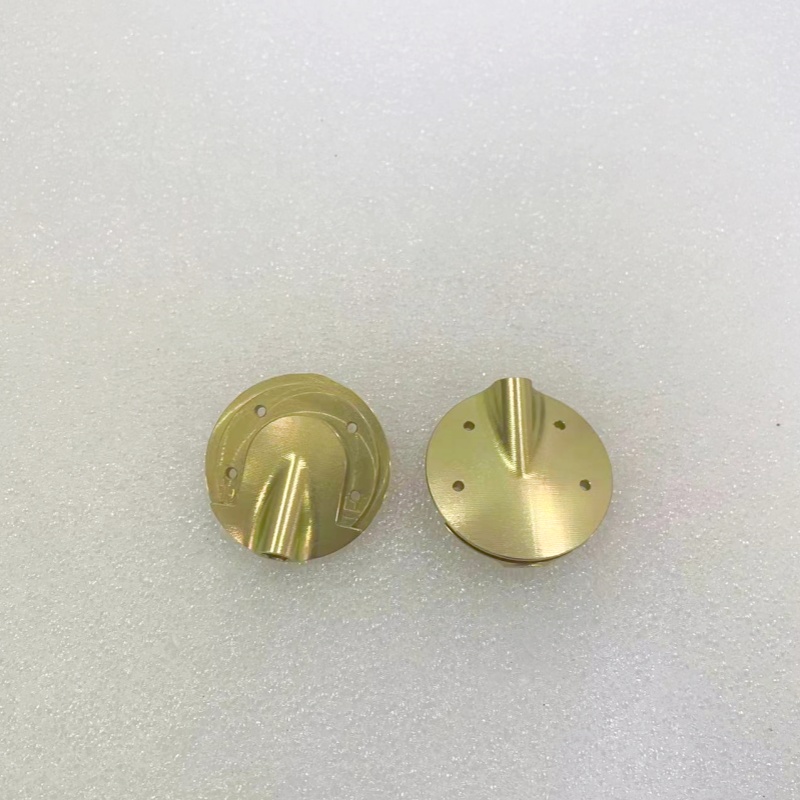Introduction Aluminum sheet metal fabrication is widely employed across industries such as automotive, aerospace, and electronics. The quality of fabricated aluminum directly influences product performance, reliability, and longevity. This blog delves deeper into common challenges faced during aluminum sheet metal fabrication and offers enhanced solutions to optimize processes and outcomes.
Detailed Analysis of Aluminum Fabrication Challenges
Deformation ChallengesDescription:
Aluminum sheets are prone to shape deviations, including warping and bending during processing, leading to reduced precision. Additional Impacts: Deformation can complicate assembly, affect functional reliability, and reduce product aesthetics.
Causes:
- Material Properties: Aluminum’s relatively low hardness and strength make it susceptible to external forces.
- Thermal Effects: Aluminum’s high thermal expansion rate exacerbates deformation during uneven heating processes.
- Clamping Fixtures: Improperly configured fixtures create uneven stress distributions, amplifying deformation risks.
Oxidation ChallengesDescription:
Oxidation degrades aluminum surfaces, compromising corrosion resistance and appearance. Additional Impacts: Oxidation may weaken aluminum’s ability to withstand environmental stress, reducing product longevity.
Causes:
- Chemical Vulnerability: The natural oxide layer on aluminum may develop irregularities, increasing susceptibility in certain environments.
- Surface Contaminants: Residual oils, adhesives, or machining debris accelerate oxidation during processing.
Welding ChallengesDescription:
Welding aluminum sheets demands precision, as improper techniques lead to structural weaknesses and defects. Additional Impacts: Poor welding undermines load-bearing capacity and reduces safety.
Causes:
- Thermal Management Issues: Inconsistent heat dispersion results in incomplete weld penetration.
- Oxidation Interference: The presence of oxide films requires advanced preparation for effective bonding.

Enhanced Solutions for Aluminum Sheet Metal Fabrication
1. Enhanced Solutions for Deformation Challenges
- Advanced Thermal Analysis: Use infrared sensors or thermal imaging during welding and cutting to detect and mitigate uneven heat distribution.
- Intelligent Clamping Systems: Introduce automatic or adjustable clamping tools that adapt to shape variations, ensuring consistent force application.
- Material Innovation: Research and use aluminum alloys engineered for higher rigidity and heat resistance.
- Dynamic Simulation Tools: Utilize computer-aided simulation to pre-assess stress and thermal impacts before fabrication begins.
2. Enhanced Solutions for Oxidation Challenges
- Hybrid Surface Treatments: Combine anodizing with polymer coatings for dual protection against harsh environments.
- Advanced Cleaning Protocols: Employ ultrasonic cleaning methods to remove contaminants efficiently prior to surface treatment.
- Environmental Monitoring: Install real-time humidity and temperature sensors in fabrication facilities to maintain optimal storage and processing conditions.
- Innovative Alloys: Explore alloys with enhanced anti-oxidation properties, such as silicon-modified aluminum blends.
3. Enhanced Solutions for Welding Challenges
- Integrated Welding Automation: Automate welding sequences using robotics equipped with real-time monitoring systems to adjust heat and speed dynamically.
- Advanced Fillers and Flux: Employ customized filler materials with trace elements designed to enhance bonding properties specific to the aluminum alloy.
- Pre-Weld Conditioning: Implement electrochemical polishing to uniformly clean and prepare surfaces prior to welding.
- Collaborative Techniques: Combine MIG/TIG methods in multi-stage welding operations to improve overall seam integrity.
Conclusion
By adopting advanced tools, robust materials, and precision-oriented strategies, businesses can overcome the technical challenges associated with aluminum sheet metal fabrication. Improving the quality of fabricated products not only enhances operational efficiency but also bolsters market competitiveness.
Emerging trends like intelligent automation and eco-friendly alloy development present exciting opportunities for future innovations in the aluminum sheet metal fabrication industry. Embracing these advancements ensures sustainable growth and continuous improvement.
